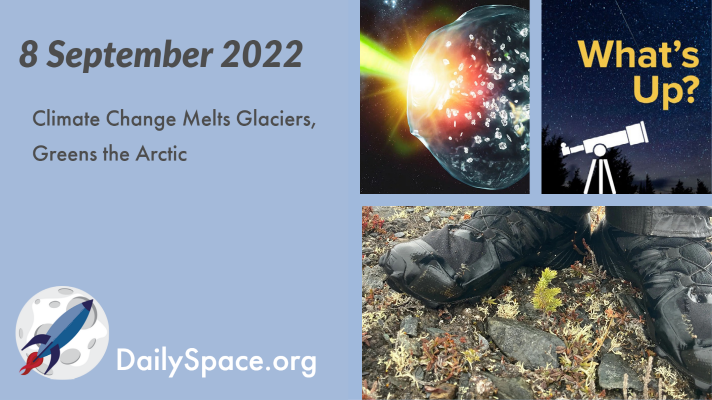
Sep 9, 2022 | Climate Change, Daily Space, Earth, Exoplanets, Mars, Moon, Nebulae, Neptune, Our Solar System, Rockets, Science, Sky Watching, Space China, Spacecraft, Uranus
As global temperatures rise, Earth observations show that glaciers are retreating and ice sheets are melting everywhere from Greenland to Antarctica while regions of the Arctic are getting greener. Plus, collaborations lead to new Mars and exoplanet discoveries, several rockets launched, and this week’s What’s Up involves Dr. Brian May of Queen.
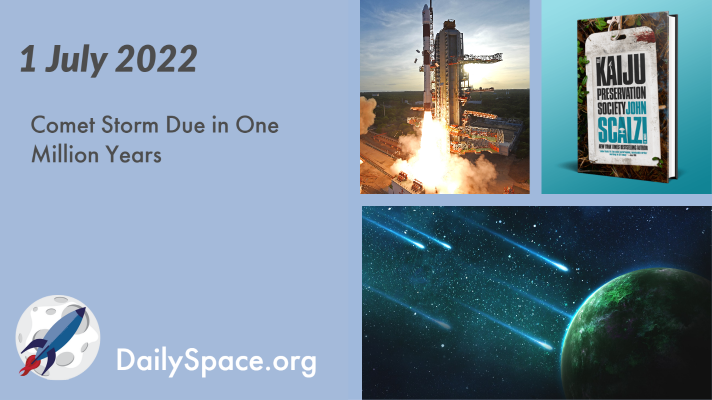
Jul 4, 2022 | Asteroids, Comets, Crewed Space, Earth, ISRO, Neptune, Our Solar System, Review, Rockets, Science, Uranus
A star cataloged as Gliese 781 is approaching our solar system and in slightly more than a million years from now, will reach the Oort Cloud, likely disrupting the orbits of icy bodies that could head toward Earth. Plus, an Indian launch, Asteroid Day, understanding our ice giants, and a review of Kaiju Preservation Society by John Scalzi.
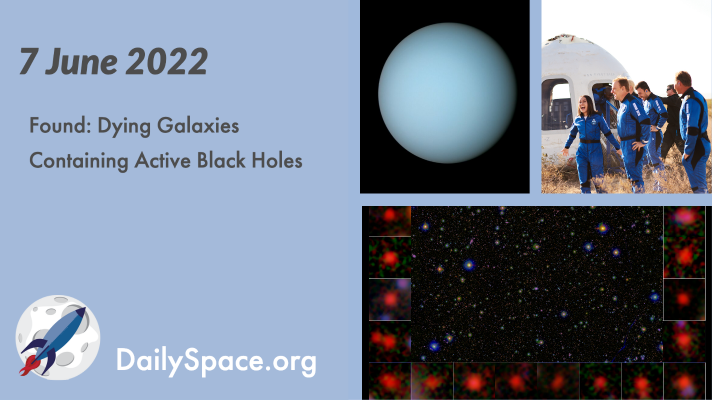
Jun 8, 2022 | Asteroids, Blue Origin, Climate Change, Cosmology, Crewed Space, Daily Space, Earth, Galaxies, Neptune, Rockets, ROSCOSMOS, Space China, Spacecraft, Supermassive Black Holes, Uranus
Astronomers combined observations of far distant galaxies exhibiting no signs of star formation and found active supermassive black holes that may have contributed to the evolution of their parent galaxies. Plus, rocket launches, detecting earthquakes, and why Uranus and Neptune are different shades of blue.
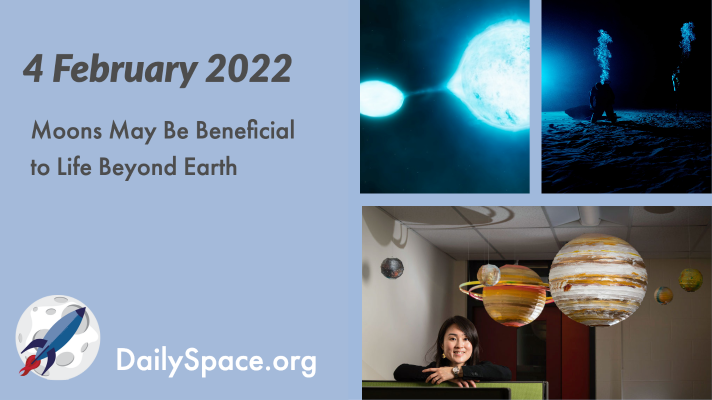
Feb 5, 2022 | Astrobiology, Crewed Space, Daily Space, Exoplanets, Moon, Rockets, Sky Watching, Spacecraft, SpaceX, Starlink, Stars, Supermassive Black Holes, Uranus
New simulations find that to form a moon with a similar size ratio to our own system, certain types of planets are needed. And that type of moon-planet system could then be beneficial to the rise of life on the planet. Plus, a Starlink launch, puffy planets, and training astronauts underwater for spacewalks.
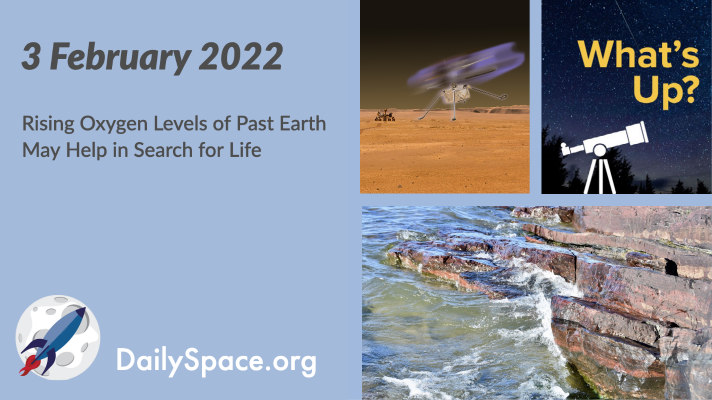
Feb 4, 2022 | Asteroids, Crewed Space, Daily Space, Earth, ESA, Jupiter, Mars, Moon, Rockets, Rovers, Sky Watching, SpaceX, Uranus
Scientists analyzed iron-rich sedimentary rocks and estimated the amount of oxygen present in the atmosphere when those rocks formed, finding low levels of oxygen and giving insight into a potential biosignature for life beyond Earth. Plus, controlling robots from space, a SpaceX launch, and this week’s What’s Up.
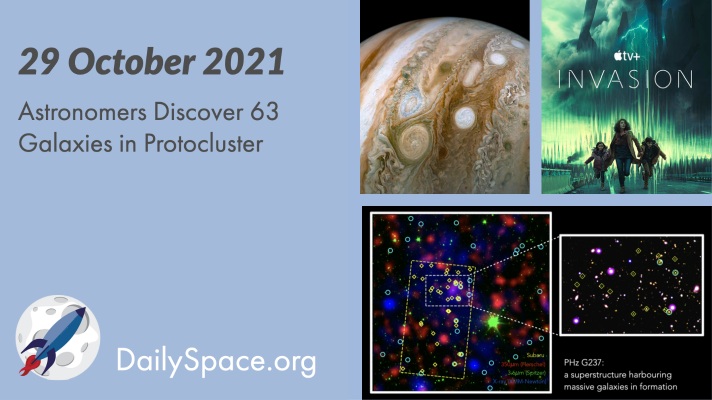
Nov 1, 2021 | Asteroids, Daily Space, Galaxies, Jupiter, Mars, Nebulae, Neptune, Review, Science, Stars, Supernovae, Uranus
Astronomers researching the G237 protocluster find 63 galaxies within, all producing stars and more galaxies at a high rate, acting as a “shipyard” for their region of the cosmos. Plus, Juno looks inside Jupiter’s cloud bands and a review of “Invasion” on Apple TV+.








 We record most shows live, on Twitch. Follow us today to get alerts when we go live.
We record most shows live, on Twitch. Follow us today to get alerts when we go live.